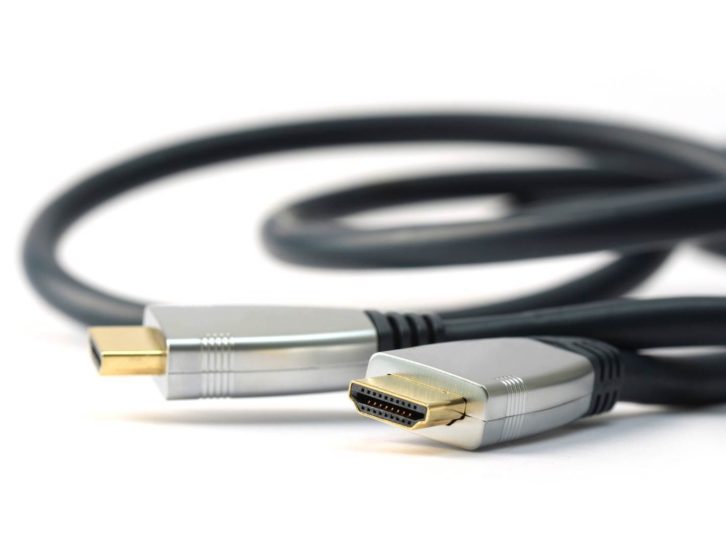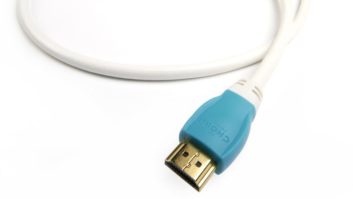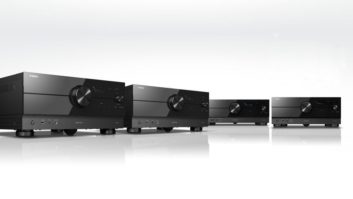 In today’s residential AV installations HDMI technology is common, but with the application of 8K, a new version of the HDMI specification has become widely accepted. HDMI 2.1 has surpassed HDMI 2.0 and its features have been quickly applied to installations of all sizes. HDMI 2.1 is becoming a market standard and will continue to be the standard for years to come, which means that future-proofing your installations now is a necessity.
In today’s residential AV installations HDMI technology is common, but with the application of 8K, a new version of the HDMI specification has become widely accepted. HDMI 2.1 has surpassed HDMI 2.0 and its features have been quickly applied to installations of all sizes. HDMI 2.1 is becoming a market standard and will continue to be the standard for years to come, which means that future-proofing your installations now is a necessity.
In this article, I’ve outlined three things AV professionals need to know about HDMI 2.1:
1. HDMI 2.1: Bigger, better, faster….
HDMI 2.1 emerged due to its practical ability to support a range of higher video resolutions and refresh rates, as well as increased bandwidth – from 18Gbps to 48Gbps. When HDMI 2.0 was released, some products and in-place installations struggled to handle the maximum capabilities we have since grown accustomed to, including, 4K@60Hz, 4:4:4 and Deep Color. HDMI 2.1-enabled products also open the door to more options, technologies, and creates a whole new market for installers looking to maximize specifications and reduce potential issues.
2. HDMI 2.1 means 8K, but it’s so much more

Installers that specify 8K TVs should also be looking into cables that support HDMI 2.1 specification features if they want to get the most out of the technology and to futureproof their customer’s systems. HDMI 2.1 cables can carry compressed and uncompressed resolutions up to 10K at 30Hz and 8K resolutions at 60Hz, but more than that, they can also carry 4K resolutions at 120Hz. With the increase in bandwidth also comes support for features like Dynamic HDR and eARC. For example, eARC supports the latest high-bitrate audio formats for better quality audio down the cable at a faster rate, and Dynamic HDR guarantees that every frame is optimized for the best color, depth and detail rather than a single value being applied to a whole video, which is particularly beneficial for gaming, movies, and other video applications where immersive picture quality is critical.
3. HDMI 2.1 is backwards compatible
The features we love and are accustomed to hearing and preaching about with HDMI 2.0, such as 4K@60Hz, 4:4:4 chroma subsampling with HDR, won’t be going away any time soon and in fact, the pipeline for additional bandwidth helps get the most out of HDMI 2.0. But as HDMI 2.1 compliance test specs have been released and certified products continue to enter the market, more HDMI 2.1 features will need to be supported. This includes not just the more obvious 8K@60Hz, but also Variable Refresh Rate, Auto Low Latency Mode, eARC, and more. It’s also important to note that HDMI 2.1 also introduces a brand-new signaling technology called Fixed Rate Link that needs support with certified products. In order to take full advantage of the new HDMI specifications, however, installers will need to look to invest in new cables. Fortunately, HDMI cables are backwards compatible, so there is no concern about new and old hardware or systems working well together.
At Vanco International, we are keeping a close eye on this technology advancement and intend to incorporate HDMI 2.1 into our future developments to ensure we can provide installers with the tools they need to future-proof their installations.
See also: Executive Insight: Timing Is Everything













